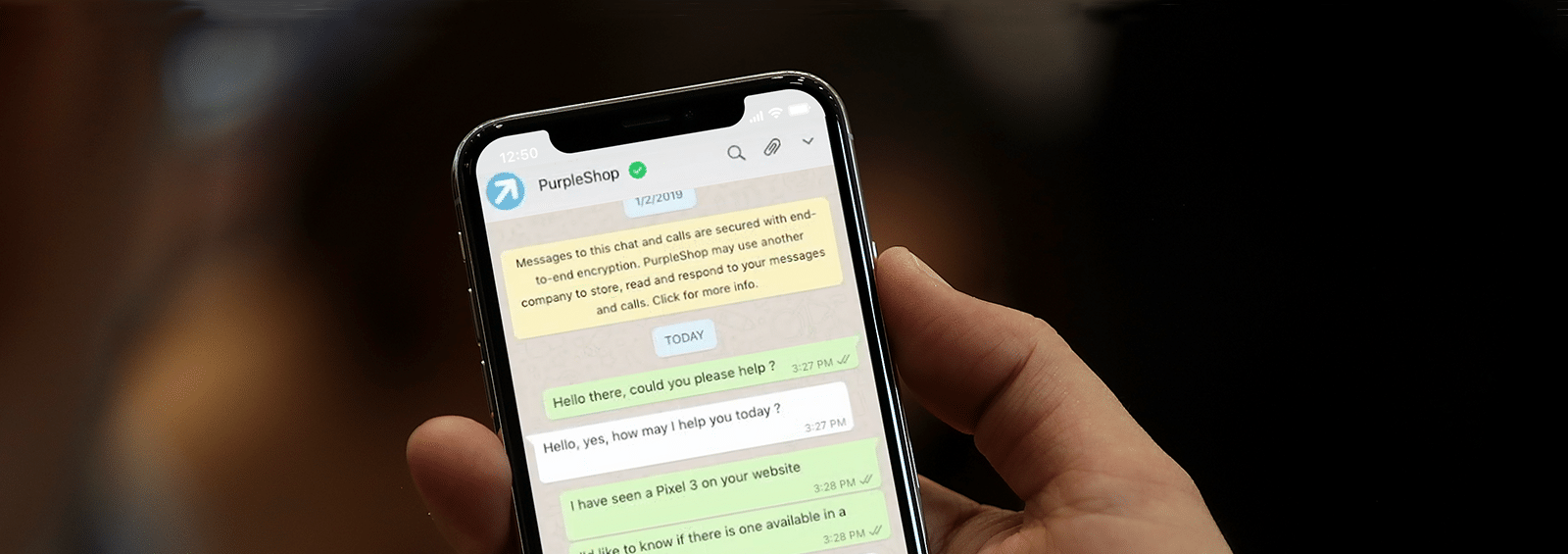In the vast and competitive worlds of transport, banking, telecommunications and more, nothing is more important than customer experience. When it comes to making a purchase, 64% of people find customer experience more important than price. Your customer needs to feel appreciated and cared for from the moment they browse to making a purchase and more importantly, they should feel they have support afterward in a variety of different situations. Paying attention to the service you provide is a must, and connecting with your customers on their level and doing so is essential no matter what the channel is. That is why live-chat has an increased presence on many online stores and company pages in recent times.
Article Summary:
- What is live-chat?
- Identify how the customer wants to contact you
- Why you should consider Live Chat
- The Limits of Live Chat
What is live-chat?
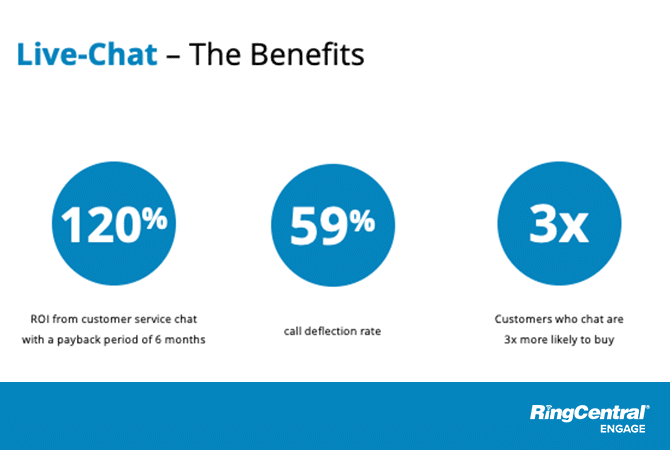
Source: Forrester
Live-chat is a website chat widget – placed on the website for the customer’s point of view and is usually displayed in the bottom right corner of the web-page. It can be visible on your computer, mobile device, or app and offers a text box for customers to engage with an agent on the other side to ask questions or engage with a solution for an issue.
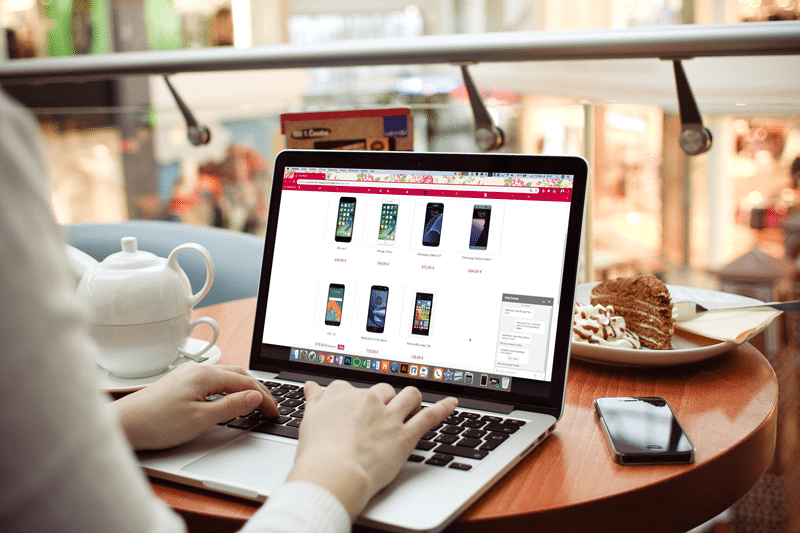
When using live-chat, you click on a live chat window and ask a question. Similar to the interface of a social media messaging app, you write a message and should receive a response in real time (synchronous communication). Now you might think you have used this kind of channel before with Facebook Messenger, Whatsapp, or Viber etc… But those are actually messaging apps (asynchronous) that use the same sort of interface but are built outside of the website rather than integrated into it.
Live-chat tends to lean towards the sales and services industries and is often used to resolve an issue or occasionally a query as a customer makes a purchase. Messaging apps are built outside of the ecosystem of a website as opposed to live-chat which is integrated into a web page.
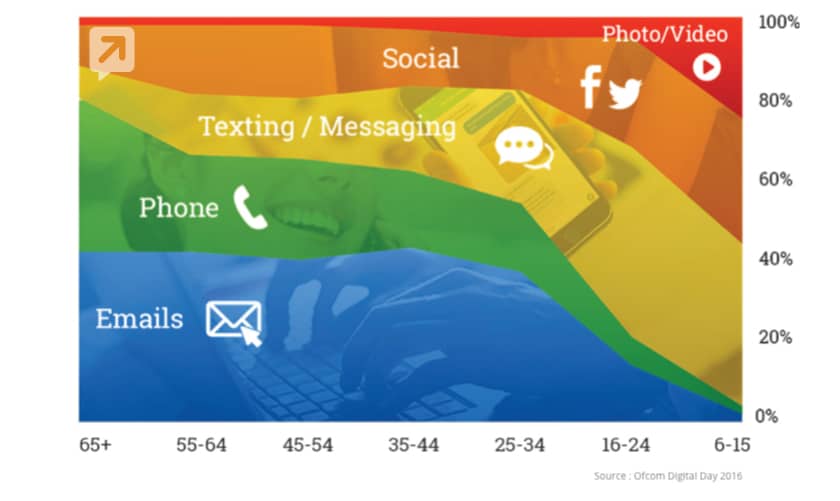
Younger consumers particularly love using live-chat. For example, Software Advice found “56% of the people surveyed aged 18 to 34 definitely preferred live chat to calls”.
If a customer can visit your website, engage in real-time with a knowledgeable and helpful agent to find what they are looking for, then the chance of converting someone from browsing to buying is more likely. According to Inc, “44% of online consumers say that having questions answered by a live person during an online purchase is one of the most important features a website can offer.”
Identify how the customer wants to contact you
Identifying what channels customers use is key to understanding how to communicate with them. A crucial aspect is to make it personal and effortless, they expect you to be able to recover previous conversations if the issue has been ongoing.
Chat is becoming an increasingly popular support channel via the web, co-browsing, video etc…Companies are now looking for more ways to visually engage with customers and aim to resolve issues quickly.
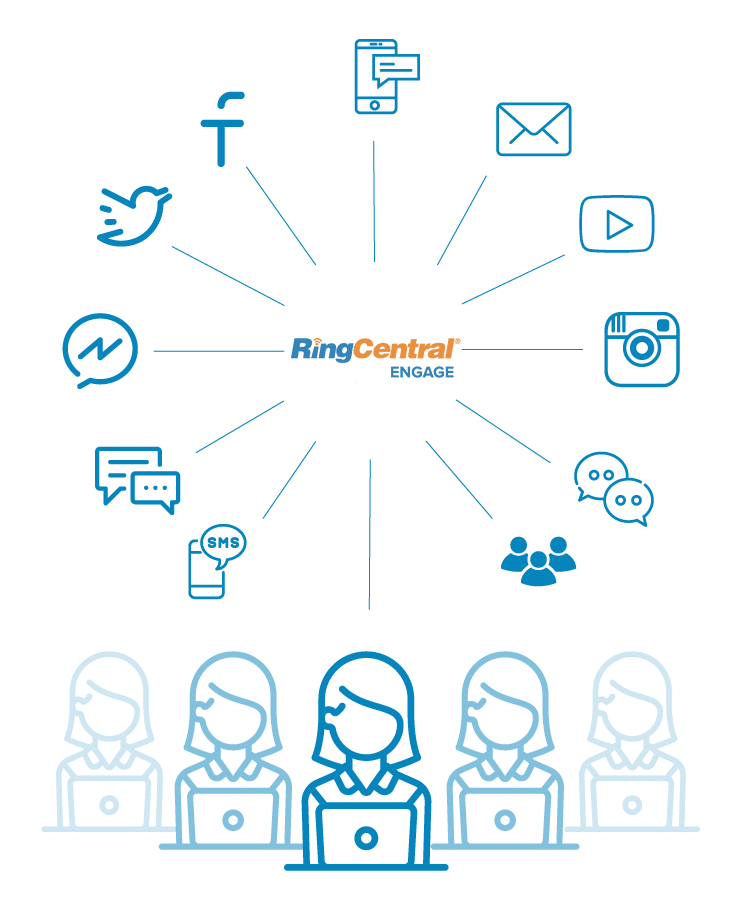
For those familiar with support channels and use more than one, a solution like Dimelo provides an Omni-Digital solution that allows customer service agents to use all channels in one interface. Companies can use the open platform to integrate their social media, email, in-app messaging channels and live-chat to reduce costs, save time, and define a strategy for their teams.
Why you should consider live-chat
- Convenience – Taking away the stress from a customer is invaluable too. Not everyone likes speaking on the phone or to a stranger about an issue that has made them stressed, live chat removes that anxiety while still keeping the human touch by having a customer service agent messaging the customer.
- Ability to target customers directly – Targeting customers directly while they are online is another benefit of live chat. Research shows that customers are three times more likely to buy after using live chat. It can help companies guide potential sales through a part of the process that would normally lead to a dropout.
- Use it to define triggers – Together with the use of analytics, it could be more than just a support tool. You can define certain triggers for when to propose a live chat window to a customer who spends time on a web page, based on location, the number of visits, chat history if they connected before, or even if they hesitate on a certain product that perhaps you can do a deal on for them.
- Earn customer’s trust – Training is another key part of a successful live-chat integration. Salesforce points out that; “To really earn your customers’ trust with live chat you need to choose your agents carefully. Use experienced customer service people, but remember that live-chat requires a slightly different mix of skills to call center work – accurate keyboard skills and a clear, concise writing style are the on-screen equivalents of clear diction and a friendly sounding voice.”
Today’s customer will measure your service on response time and quality, not directly against your competitors. Compared to traditional methods of phone and email, live chat is an increasingly popular way that customers will prefer to contact you. It can be convenient for you too. By using a solution that directs the customer’s message from your website to your desktop or channel management tool, immediate response time is more likely.
Despite the limitations of live-chat – where support teams use it along with other tools, a complete customer support solution would enable an efficient scaling of live-chat support for your business.
Co-Browsing
Co-Browsing can be an added feature alongside a Live Chat solution. Being able to share your customer’s browser page in real time with the agent is useful. It is locked only to the browser that is being used and nothing else. It isn’t too technical either and allows the agent to highlight the key points on a web page. There is no installation, no breach of the computer’s system and is a rapid solution for both the customer and agent.
It is a must for your customers. This function will allow you to be faster in helping them.
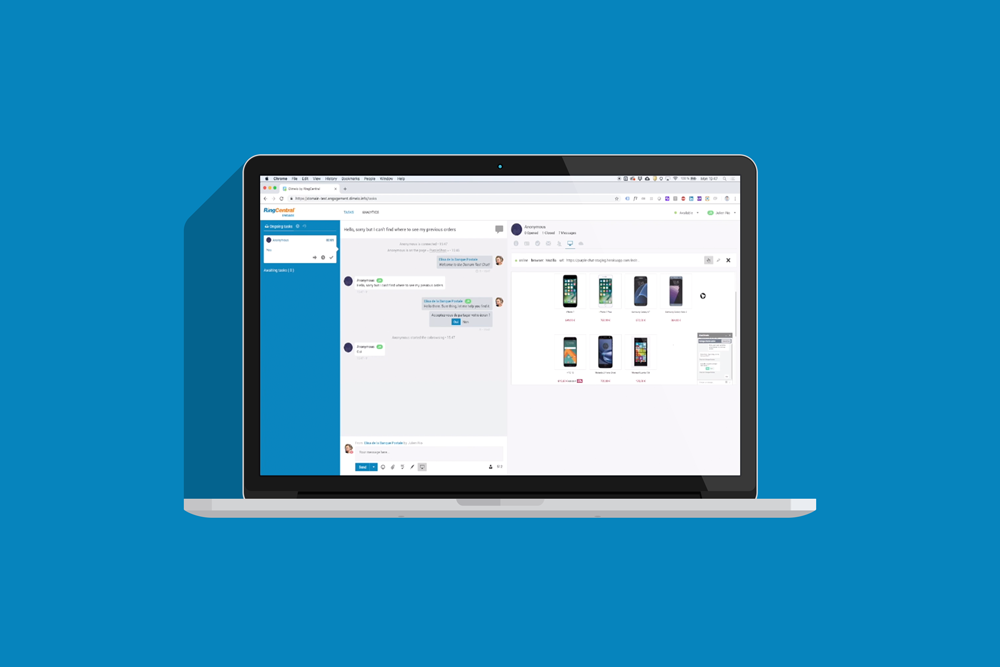
Being able to share a screen, talking to your customer while both following the actions at the same time is incredibly useful. It Is also a good way to reduce friction, decrease the number of questions needed, and can offer empathy towards your client. According to Forrester, empowering your agents with a tool like this can lead to a 396% ROI payback in under 6 months.
Co-Browsing can Increase customer satisfaction, reduce frustration explaining an issue. Allow agents to solve problems faster, increasing their productivity, and reduce the need for questions. It will also display more empathy by experiencing your customers’ issues in real-time.
The limits of live-chat
Live-chat has struggled with user experience according to Kayako, who found that 38% of consumers and 43% of businesses think the user experience is not good enough,
Negative experiences have included some companies using scripted responses in relation to issues, unusually long wait times for agents to respond, and around 9% of users indicated their experience was affected by having to repeat themselves.
One of the limits of live-chat is its Synchronous character, whereby customers face a number of issues such as:
- They have to stay on the web page while waiting for an answer (means that they expect fast answers)
- Based on the session: if the customer leaves or reloads the page, he has to start all over again, the conversation history is not kept
- Not mobile friendly and not cross-device: unlike messaging, it is most of the time not adapted to mobiles and the conversation cannot be followed across different devices.
These pain points can be dealt with creating the right strategy. Resolving most of these issues can be done by giving your customer service agents the right training, using an efficient channel management solution, and finding the right balance in order to get a ROI.
Conclusion
Should you decide to pursue a live-chat solution for your business, take into consideration that this will be a way for you to offer a personal touch. Make it modern, make it easy and simplified. Use it to increase revenue, build customer relationships from the get-go, and if all goes well you will see a return on investment. Consider how you integrate the solution into your site and the triggers that activate it. Think about the benefits of an Omni-Digital platform to manage this channel along with the others. Evaluate if this fits with your Customer Experience strategy and make it one of your many channels to execute it.
Live-chat will align with the needs of the modern customer and that need includes a human touch at the other end of a conversation regardless of whether it is by call or online to improve customer experience.
Originally published Jan 10, 2019, updated Jan 17, 2024




